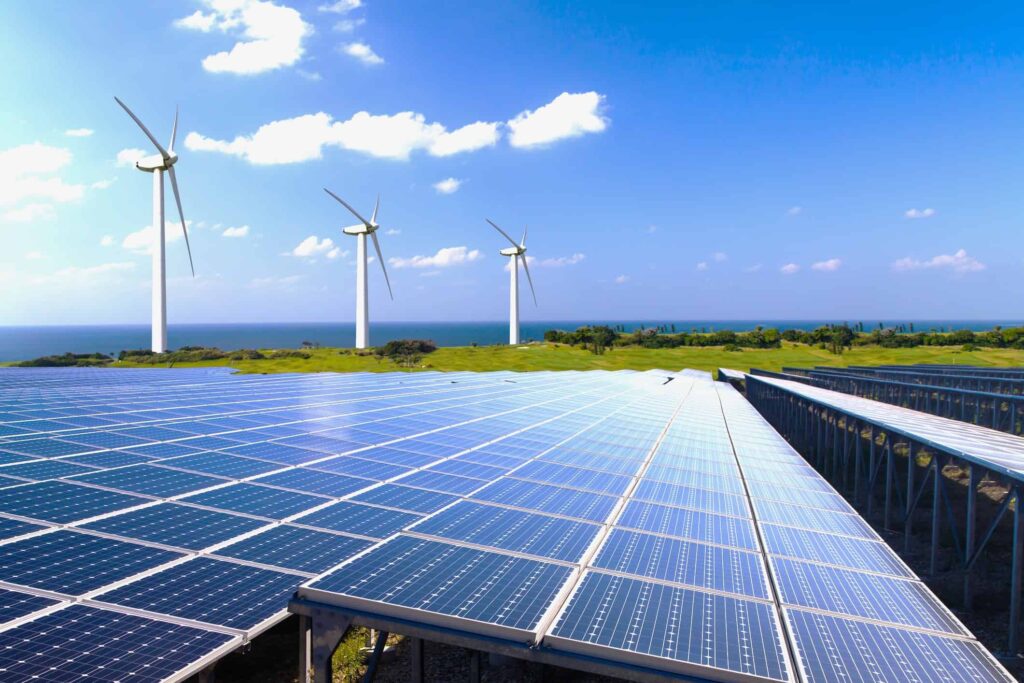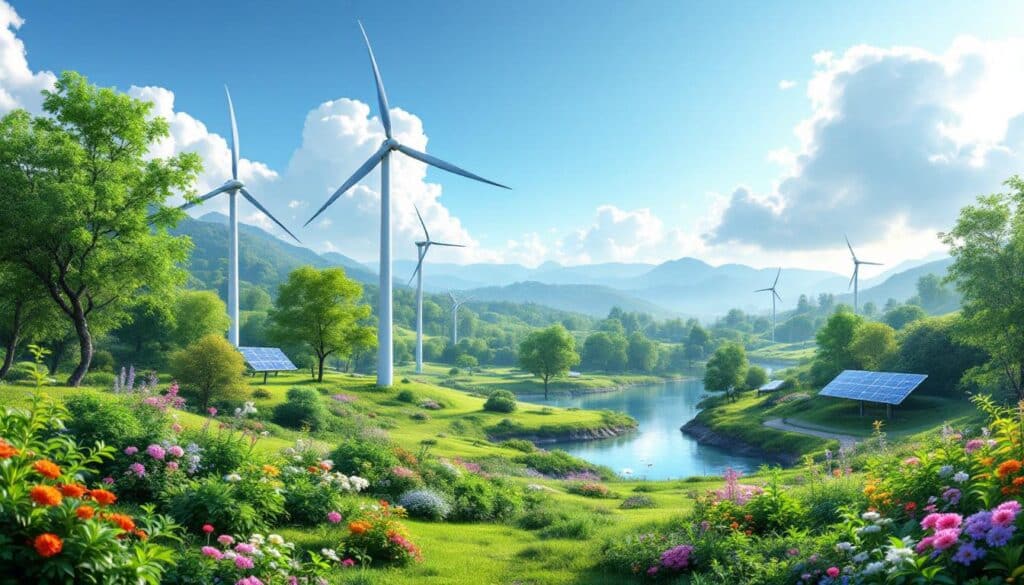Pennsylvania seems to be moving with some slowness in the race towards renewable energy, as revealed by a new survey. While other U.S. states are making notable progress, Pennsylvania ranks among the bottom in terms of energy efficiency growth. Although the state shows moderate dynamism in electric vehicles and their infrastructures, it lags behind in increasing solar and wind energy. The complex patchwork of bureaucratic and legislative challenges hinders a faster transition to greener electricity.
A recent report indicates that Pennsylvania is lagging in the transition to renewable energies like solar and wind energy. The state ranks almost last for energy efficiency growth. Analysis by the nonprofit organization Environment America shows that Pennsylvania is primarily distinguished by an increase in electric vehicle registrations and charging stations, ranking 17th out of 50. However, it ranks nearly at the bottom for wind energy and natural gas production. The inefficiency is attributed to a lack of sufficient incentives for energy efficiency projects.

slow energy transition in Pennsylvania
Pennsylvania stands out for its late progress in adopting renewable energies like wind and solar. According to a recent report, the state is significantly outpaced by other regions of the United States in this crucial transformation. The study indicates that Pennsylvania ranks almost last in terms of energy efficiency growth, an area where many of its neighbors have performed better. Indeed, while solar energy has quadrupled in the state, this remains modest compared to the national increase, which has been more than eight times that of the previous decade’s figures. This limited growth reflects a need for more ambitious policies and more effective incentives to encourage a shift towards sustainable energy sources.
disparate energy rankings
Despite this lag, Pennsylvania is not completely behind in modern energy-related technologies. A positive point lies in the increase of electric vehicles and associated charging points. The state ranks 17th and 11th nationally for these installations, respectively. This relative success highlights a paradox in its energy transition: while some initiatives advance, renewable energies themselves are not prioritized sufficiently. Activists have expressed hope that legislative actions like the Pennsylvania Reliable Energy Sustainability Standard could enhance the integration of these technologies into the future energy mix.
bureaucratic obstacles and local solutions
The slow transition to renewable energies in Pennsylvania is partly due to bureaucratic obstacles that hinder the installation of large-scale solar farms. Delays in processing applications and weak incentives contribute to this standstill. However, not all is bleak: some local communities, such as Middletown in Buck County, have taken proactive measures to encourage this transition. Through grants from state organizations and support from energy companies, they have managed to install several fast-charging stations for electric vehicles, a step forward towards eco-friendly infrastructure.
[Énergies renouvelables] Objectifs en matière de renouvelables : la France visée par une plainte auprès de la Commission européenne pour non-respect de la législation de l’UE https://t.co/aliaBCnop7 Extrait du briefing de @ContexteEnergie
— Contexte (@Contexte) September 27, 2024
Articles similaires
Thank you!
We will contact you soon.














